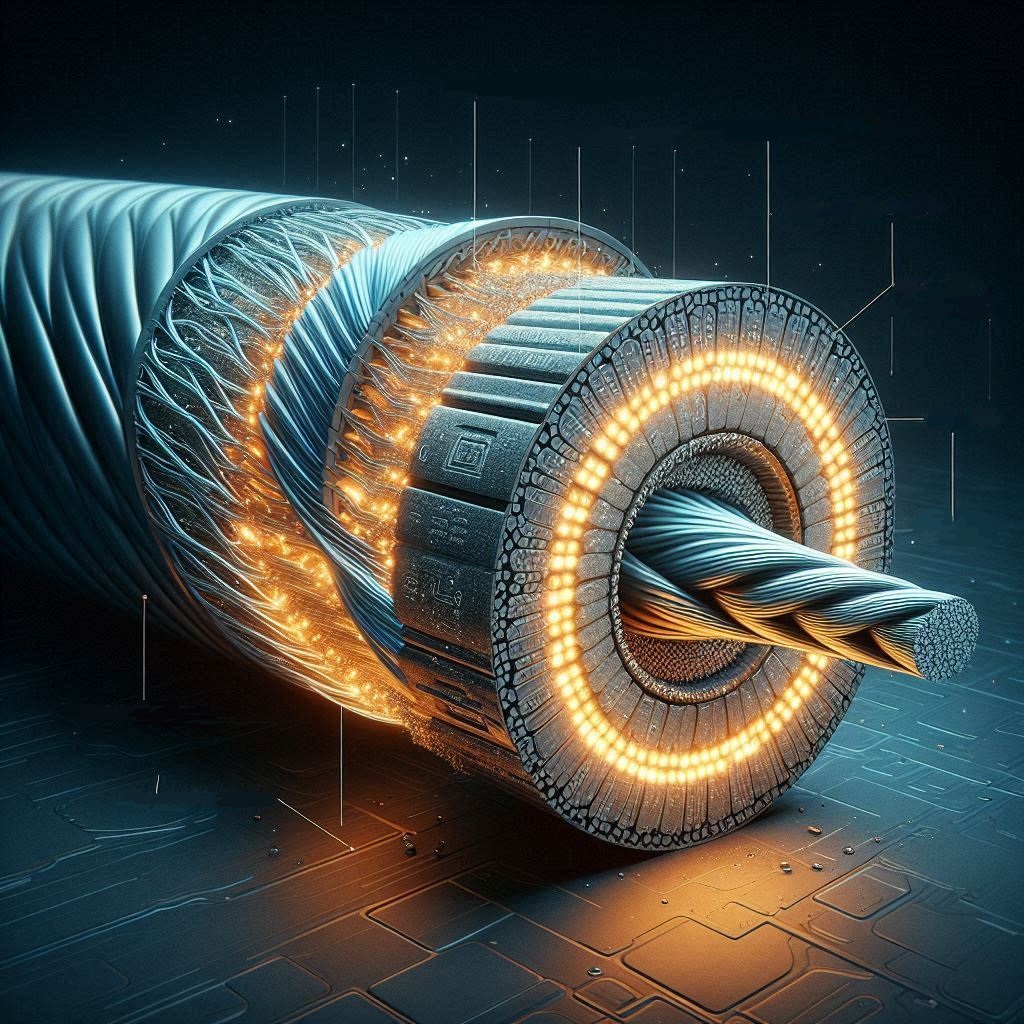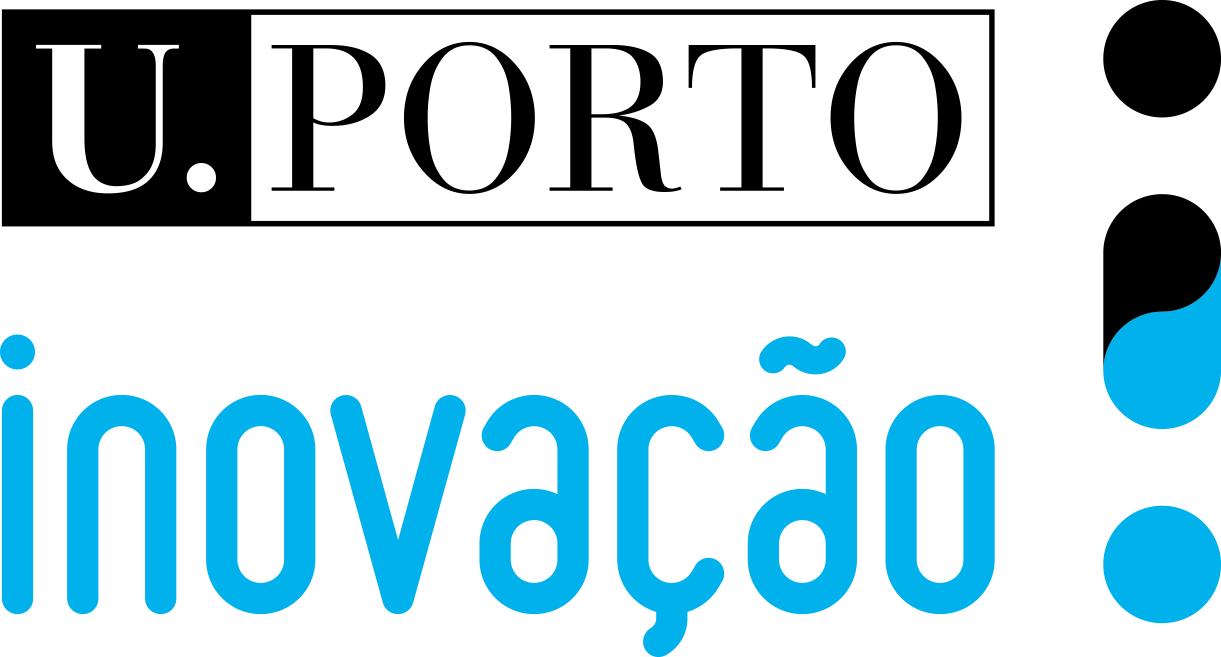
The present invention describes a ferroelectric-induced superconductor that can perform at temperatures ranging from below to above room temperature. This is achieved due to the high dielectric constant of the material. This new superconductor can be applied in various ways. It can be used between two identical conductors or semiconductors, two different conductors or semiconductors, or as an insulating core for a conductor. It can also be in contact with an insulator, such as air.
A superconductor is a material that achieves superconductivity, a state in which the material presents no resistance to the flow of eletcrical current, without losses or heat dissipation. Several materials have been reported to show superconductivity, but at low temperatures, the highest temperature superconductor operates at (150 K = -123.15 °C).
A ferroelectric material is a material that shows spontaneous electric polarization that can be reversed by the application of an external electric field. Superconductivity can occur at the interface between a metal and a ferroelectric material, depending on the specific materials involved and the interface conditions such as high dielectric disparities.
Superconductivity enables the efficient transmission of electrical current, with zero resistance. This results in no energy loss and eliminates heat dissipation, which is a significant advantage over conventional conductors. This technology also allows operation at higher temperatures than traditional superconductors, potentially even above room temperature.
This would significantly reduce cooling requirements and operational costs. Superconductors that operate at or near room temperature without energy loss may revolutionize power distribution and electronic systems. This may lead to significant energy savings and contribute to more sustainable technological advancements.
This technology may result in a product and is valuable in applications that enable the transmission of electrical power with no losses. Namely, in the fields of energy, energy harvesting, energy storage, sensors, transistors, computer components, photovoltaic cells or panels, wind turbines, SQUID, MRI, mass spectrometers, particle accelerators, smart grids, electric power transmission, transformers, power storage devices or electric motors.






